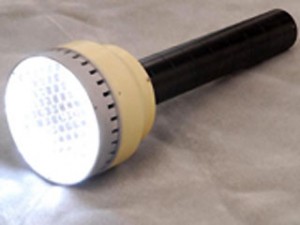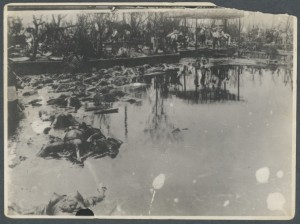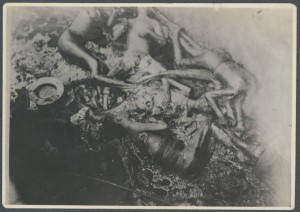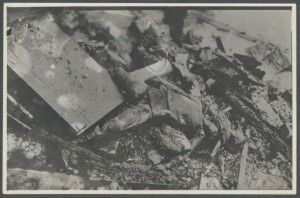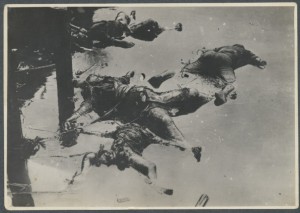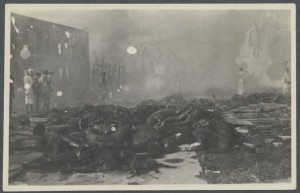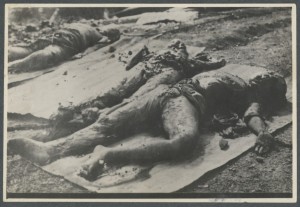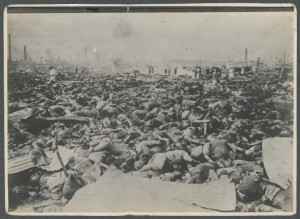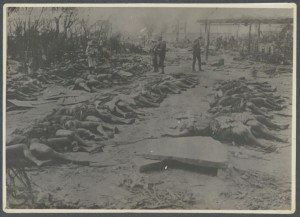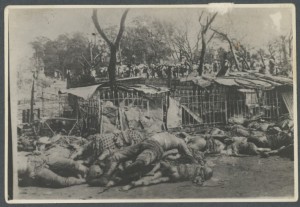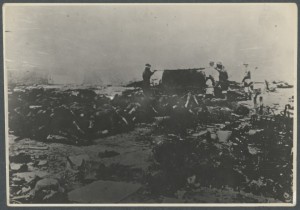No, it’s not a rave toy gone horribly wrong, it’s another spooky tool making its way into the hands of law enforcement and the military. Designed as one of a growing body of non-lethal incapacitating devices, the flashlight uses ultra bright, rapidly pulsating LEDs to first temporarily blind and then induce nausea and sometimes vomiting. The pulses quickly change color and duration, which can cause psychophysical effects in many people (although to what extent varies significantly). The same effect is sometimes inadvertently seen by helicopter pilots when sunlight rapidly flashes through their rotors, disorienting them in mid-flight. The flashlight has obvious downsides—the victim must be in front of the light and must not think quickly enough to look away—but is a promising tool for non-violent enforcement.
Tag: War
These pictures were taken on the ground, from the inside of the disaster. It is far from the abstract image of the nuclear mushroom. These pictures show Hiroshima a few days after Enola Gay dropped the atomic bomb, on August 6th 1945, at 8.17am. These pictures have not been revealed to the US general public yet…
These photographs, taken by an unknown Japanese photographer, were found in 1945 among rolls of undeveloped film in a cave outside Hiroshima by U.S. serviceman Robert L. Capp, who was attached to the occupation forces. Unlike most photos of the Hiroshima bombing, these dramatically convey the human as well as material destruction unleashed by the atomic bomb.
Please contact Sean L. Malloy (smalloy@ucmerced.edu) if you have any information that might help identify the original photographer.
Click on the pictures to enlarge them
